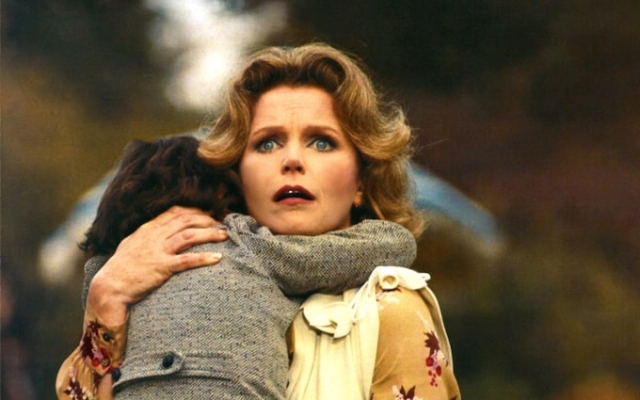 “Terrified”: Lee Remick in “The Omen” Photo: Alamy
“Terrified”: Lee Remick in “The Omen” Photo: Alamy
Tales of cursed horror film sets are usually good for two things: headlines and eye rolls. When hundreds of people work on a work, the fact that one or two people die a year or three after its release is not conclusive evidence of the handiwork of Satan, but rather convenient PR when trying to sell supernatural horror.
However, the insane list of coincidences that haunted The Omen, the 1976 horror hit about the second coming of the Antichrist that spawned three sequels, a 2006 remake, and now a prequel, The First Omen, is likely will cause stunned silence.
Let's start in September 1975, when lightning struck the plane carrying Gregory Peck, who was flying to London to begin work on a film in which he played a diplomat who adopts troubled baby Damien after his wife gives birth to a stillbirth. . The actor was heartbroken after the suicide of his son Jonathan in June of that year while Peck was traveling in France. It is said that Peck, who made only a couple of cheap Westerns in the first half of the 1970s, agreed to continue working on The Omen to cope with his terrible feelings of paternal guilt.
A single lightning strike that causes no physical harm to anyone on board is hardly a big deal. Try the second one: executive producer Mace Neufeld was hit during his transatlantic trip. He described it as the «hardest five minutes» of his life on an airplane. Now try the third one: screenwriter David Seltzer's plane was also shot down while heading there.
When filming moved to Rome, producer Harvey Bernhard narrowly avoided being struck by lightning in the street. Until the end of filming, he wore a cross all the time. “The devil was at work,” he later explained, “and he didn’t want this movie to be made.” We assume, in order to pass him off as real or subject him to random ridicule?
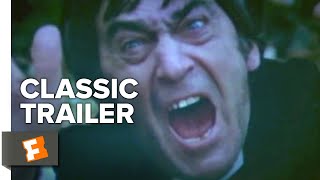
All three planes may have landed safely, but the private jet they chartered to fly Peck to Israel for one of the film's action scenes did not. When the episode was delayed, the flight was cancelled. But frightening news awaited us: the same plane, on the day Peck was supposed to take off, hit a flock of birds and crashed on a nearby road. Everyone on board was killed, as well as three other people unlucky enough to be in the car it collided with. These three turned out to be the wife and two children of the man who flew it.
Further ridiculous incidents broke out like a rash. Neufeld and Peck had a dinner reservation in London that was canceled when the IRA bombed the restaurant. Like the hotel where director Richard Donner stayed the day after filming the safari park scene.
The scene in Longleat in Wiltshire was traumatic enough for Lee Remick, whose car was surrounded by angry baboons trying to save the recovering alpha male, who had been put in the back seat to anger them. They weren't fed either. According to producer Mace Neufeld, Remick was «horrified». All this required the services of one of the animal rights activists, who died the next day (the same day as the explosion at the hotel) from a lion attack in the big cat enclosure.
 “Working on Dad Guilt”: Gregory Peck and Harvey Stevens Photo: Alamy
“Working on Dad Guilt”: Gregory Peck and Harvey Stevens Photo: Alamy
Other stories of Omen's curses have circulated over the years, with varying degrees of authenticity and/or consistency. (For example, some reports say that the zookeeper mentioned above was «eaten alive by tigers,» others that his death occurred two weeks later.) One particularly gruesome, well-documented death awaited a special effects assistant named Liz Moore. She didn't work at The Omen, but her boyfriend John Richardson did. Subsequently, in August 1976 (two months after the release of The Omen), they were both contracted in Holland to work on Richard Attenborough's war epic A Bridge Too Far (1977).
Richardson was driving his BMW when the pair were involved in a horrific crash that left Moore decapitated by a flying tire. It was impossible for him to avoid flashbacks to the famous episode of The Omen, which Richardson very cleverly orchestrated when David Warner had his head chopped off by a windowpane. The story goes — and this is where it gets silly — that Richardson came to, saw Moore cut off in the wreckage, and noticed a nearby road sign that read «Ommen 66.6 km.» This part is easy to disprove: distance markers in Holland do not have decimal places.
These attempts to embellish the sagas of “cursed films” with the addition of fake news usually lead them to the point of absurdity. But the idea of the Curse of Omen strangely fits the whole vibe of this particular film: calculated nonsense. Seltzer, the man hired by 21st Century Fox in 1973 to fabricate the whole thing, was honest about his motives: “I did it purely for the money,” he once admitted. “I was broke. I just wish I could have that kind of success with something that I personally find more meaningful.»
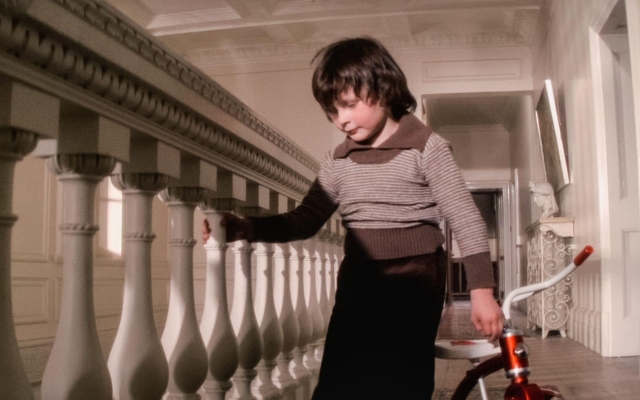 Antichrist: Harvey Stevens as Damien Credit: Alamy
Antichrist: Harvey Stevens as Damien Credit: Alamy
And at the same time it was not even a top performance — which is quite obvious. The $2.8 million it cost was peanuts for 1976, compared to The Exorcist (1973, $12 million) or, indeed, the blockbuster costs of Donner's next film, Superman (1978, $55 million). Money was so tight that Richardson was sacked by 20th Century Fox for being £1,000 over budget on effects.
What perhaps saved the entire film was the music. Jerry Goldsmith struggled with ideas for music until one evening he suddenly announced to his wife, “I hear voices!” So, after a few conversations with a London choirmaster, his wonderfully insane Black Mass score was born, with Latin phrases inverted to create a sort of Satanic version of Gregorian chant.
Latin, to be fair, was not Goldsmith's speciality: the grammar of his oft-repeated texts would have instantly failed the school exam from the very first words. (“Sanguis bibimus”?!). However, assessment is extremely effective at all other levels. It brought the composer his only Oscar out of 18 nominations throughout his career; it was also nominated for Best Original Song for the theme song «Ave Satan», but lost to Barbra Streisand's «Evergreen» from A Star Is Born.

Due to the intense singing, it is erroneously assumed that Carl Orff's Carmina Burana must have informed Goldsmith to some extent. It's outrageous, but «Oh Fortune!» Orpha! it has even been known to appear on compilations claiming to be a reference to The Omen's music.
In any case, the stabbing rhythms are much more reminiscent of Stravinsky than Orff. The instrumentation, including the Rottweiler electronics, is pure Goldsmith. And this whole amount creates perhaps 90 percent of the film's intrigue. Try to imagine a musicless version of the storm scene when Troughton's priest meets his fate: without Goldsmith's appeal, it's nothing. Meanwhile, I encourage everyone to listen to the thunderous final minute of his longest line, “Attack of the Dogs,” without wanting to cut the air with an imaginary baton. It's chilling stuff.
Goldsmith would do the second and third films in the trilogy again and elevate them as much as he could: they do have their moments. Interestingly, they also persuaded William Holden to star in the second film, Damien: The Omen II (1978), although he initially turned down the role of Peck on the grounds that he did not want to make a film about the Devil. Perhaps the guaranteed success of the sequel, with double the budget, helped to allay Holden's fears. He certainly couldn't be superstitious.
The First Omen will be released on Friday.













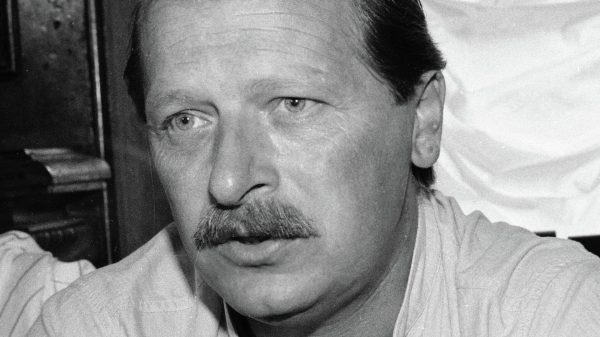






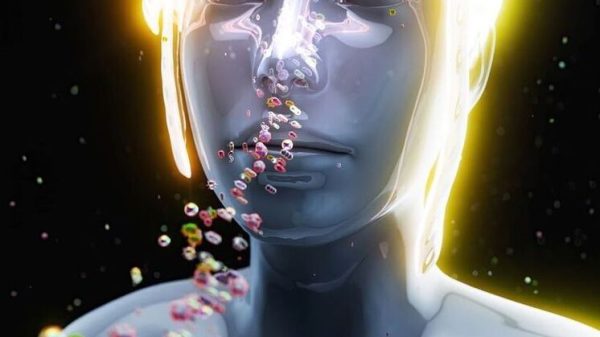

































Свежие комментарии